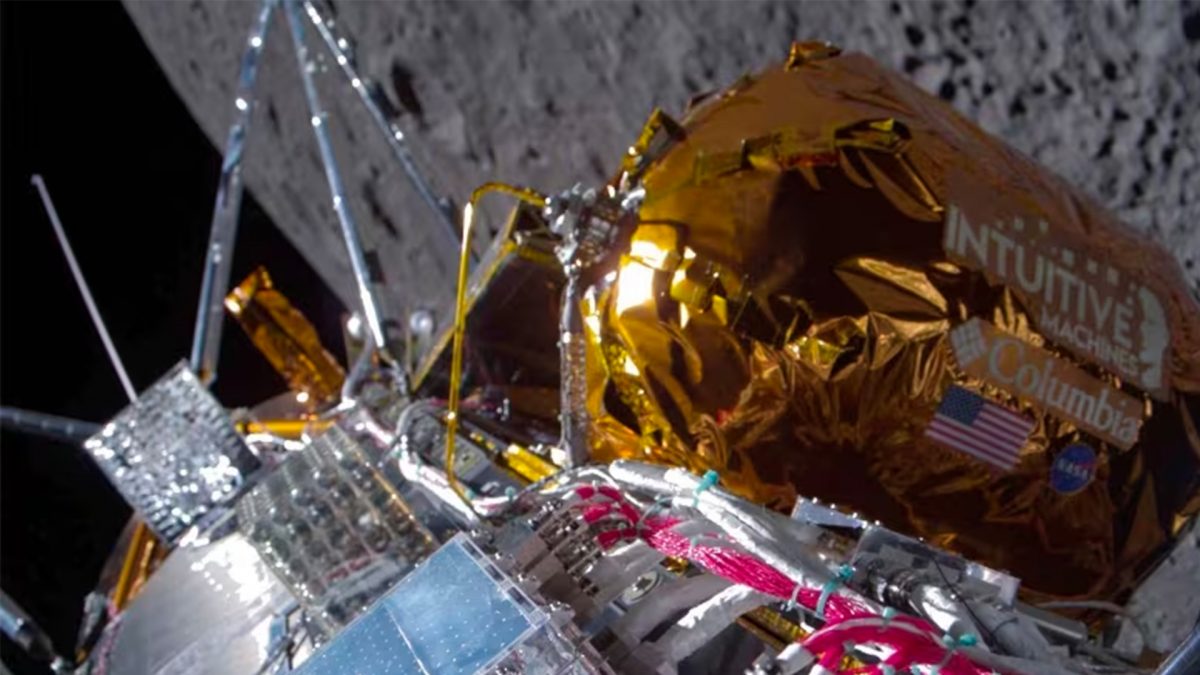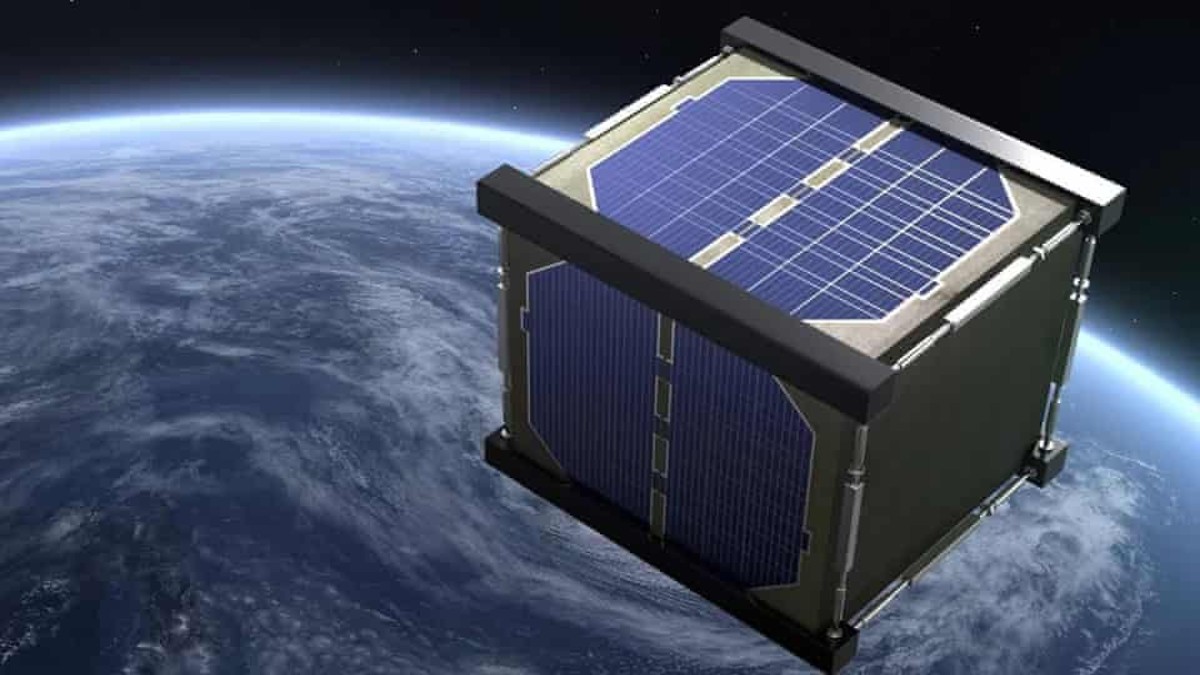Researchers have combined the data from Nasa’s Chandra x-ray observatory and the Giant Metrewave Radio Telescope (GMRT) near Pune to discover a never before seen cosmic situation. A supermassive black hole or colliding giant galactic clusters are some of the most powerful known phenomenon. At least one supermassive black hole next to a pair of colliding galaxies, Abell 3411 and Abell 3412 has resulted in a natural particle accelerator.
The supermassive black hole has created a magnetic funnel with powerful electromagnetic fields that accelerate the gas cloud around the black hole. These particles form a jet stream that then interacts with the colliding gas clouds of the two galactic superclusters, resulting in some of the most high energy particles known to man. The discovery solves the cosmic mystery of beautiful swirls of radio emissions that stretch across light years, originating from the two colliding galactic clusters.
“It’s almost like launching a rocket into low-Earth orbit and then getting shot out of the Solar System by a second rocket blast,” said Felipe Andrade-Santos, one of the researchers involved with the project. William Dawson, another researcher on the project said, “This result shows that a remarkable combination of powerful events generate these particle acceleration factories, which are the largest and most powerful in the Universe. It is a bit poetic that it took a combination of the world’s biggest observatories to understand this.”
The two clusters are incredibly massive, each weighing a million billion times the mass of the sun. A supermassive black hole and colliding galactic clusters have been seen separately many times before, but never together. The results of the research was presented at the 229th meeting of the American Astronomical Society. The GMRT telescope in Maharashtra was the last to track the Schiaparelli lander before it malfunctioned and crashed into Mars.
)
)
)
)
)